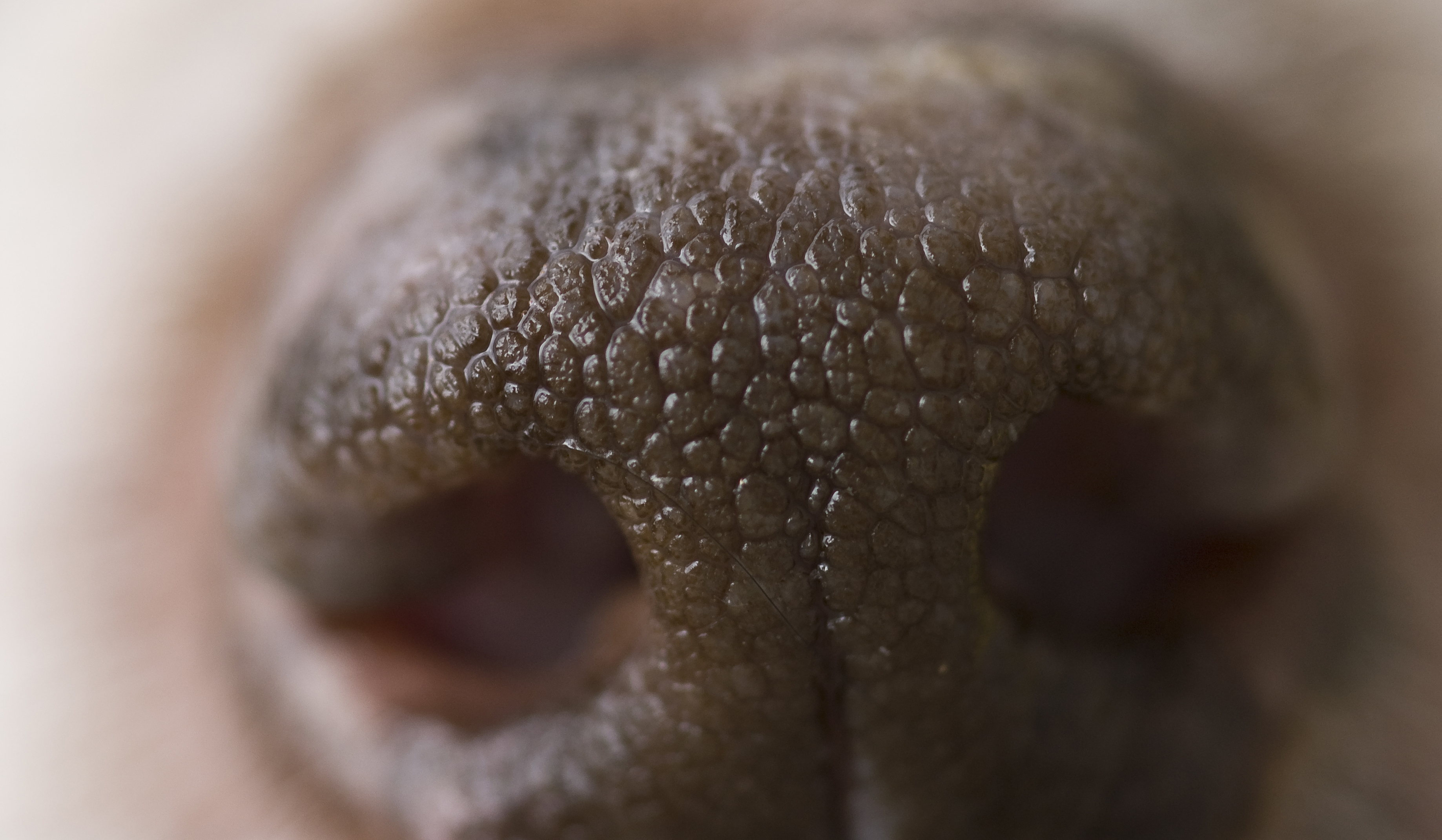10 Surprising Facts About a Dog’s Sense of Smell
2. Anatomy of a Super Sniffer

The anatomy of a dog's nose is a masterpiece of natural design. Within the nasal cavity, dogs possess a specialized olfactory epithelium that is densely packed with receptor cells. These receptors are responsible for detecting odor molecules, and dogs have up to 300 million of them, compared to a human's 5 million. This vast number of receptors allows dogs to detect scents at incredibly low concentrations. Additionally, the vomeronasal organ, located in the nasal cavity, plays a role in detecting pheromones, which are crucial for communication and reproduction. The dog's brain is also wired to prioritize olfactory information, dedicating a significant portion of its cerebral cortex to processing smells.